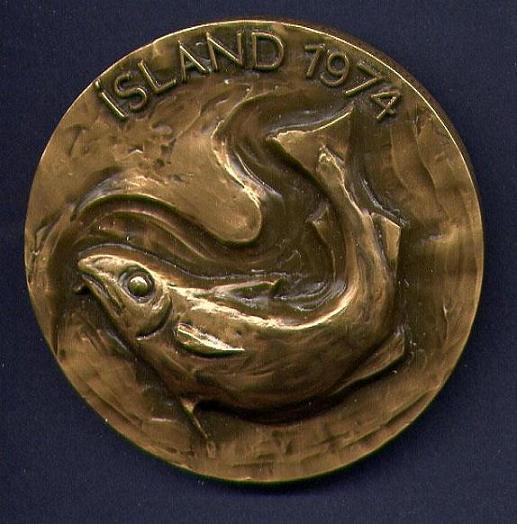The Loss of the USS Herring (SS-233)

Some of you may be familiar with the U.S.C.S. (Universal Ship Cancellation Society). It is a non-profit, tax exempt corporation founded in 1932, to promote the study of the history of ships, .... and events involving the U.S. Navy and other maritime organizations of the world.
The U.S.C.S. Log turns out to be an interesting compilation of well-researched naval history with healthy smatterings of current events and arcane compendia of related postal covers and cancellations.
June's U.S.C.S. Log includes a one paragraph Out of the Past article on USS Herring's final war patrol. Log authors are sticklers for details and facts. Errors are rare and usually caught and corrected very quickly. Japanese shore batteries apparently scored two hits on Herring's conning tower and sunk her. Was Herring in shallow waters (she sank 2 anchored Marus) within range of the shore batteries? If not, what else would make her expose her conning tower?
A 6-paragraph page claimed by Commander Submarine Force, U.S. Pacific Fleet reveals more, but unfortunately is an embarrassment of drunken spelling errors. Past attempts to contact the "Commander's site" for other error corrections were without result or even acknowledgement of e-mails. Perhaps someone else will have more success. For a cleaner version of the Pac Fleet page, try this (about 1/3 of the way down the page). Hmm, who is copying whom?
Want to better appreciate the ultimate sacrifice of those on Herring's eternal patrol? Count the names listed to see if they add to 83 lost. Takes quite a while to count those names, doesn't it? Eighty-three submariners lost at one time, and two more U.S. subs would be lost that very month during 1944.
The CO, Lt. Cdr. David Zabriskie, Jr. had been an Annapolis (USNA) football star. On his first of 2 war patrols, Zabriskie had sunk nothing. On his 2nd and final patrol, Zabriskie sank four Japanese ships (13,202 tons total), and had been operating with USS Barb commanded by his senior, none other than Eugene Fluckey. After Zabriskie's initial attack, the remaining ships scattered towards Barb and Fluckey bagged 2 more marus.
For her first seven patrols, Herring sank nine ships, totaling 45,200 tons, and damaged two. Her first four patrols were in the Atlantic. Herring had originally been credited with sinking a Nazi U-boat (U-163) on her 3rd war patrol, although this now appears to have been corrected.
One of the most important things accomplished by the Herring was for Newport (Torpedo Station and factory), however. On August 1, 1941, eight months after the infamous Japanese attack on Pearl Harbor, Newport finally conceded that Mark XIV torpedoes ran 10 feet deeper than set. The depth control mechanism had been improperly designed and poorly tested (from barges, not submarines). The Bureau of Ordinance had previously blamed Mark XIV reliability problems on crews. There had been hell to pay, it has been said, when skippers shot their expensive loads and missed.
Submarines have always been silent and strange.



